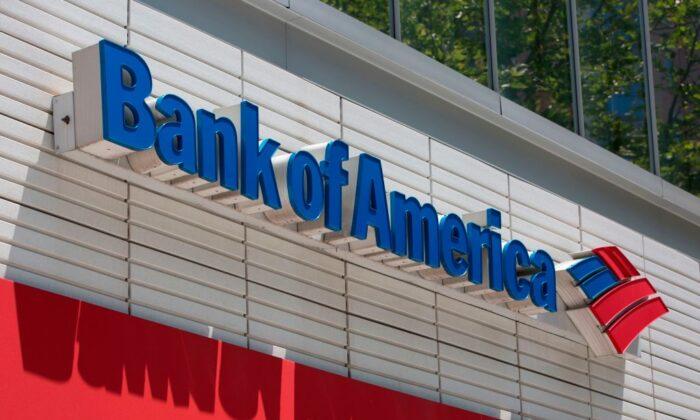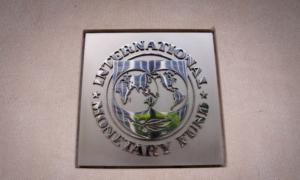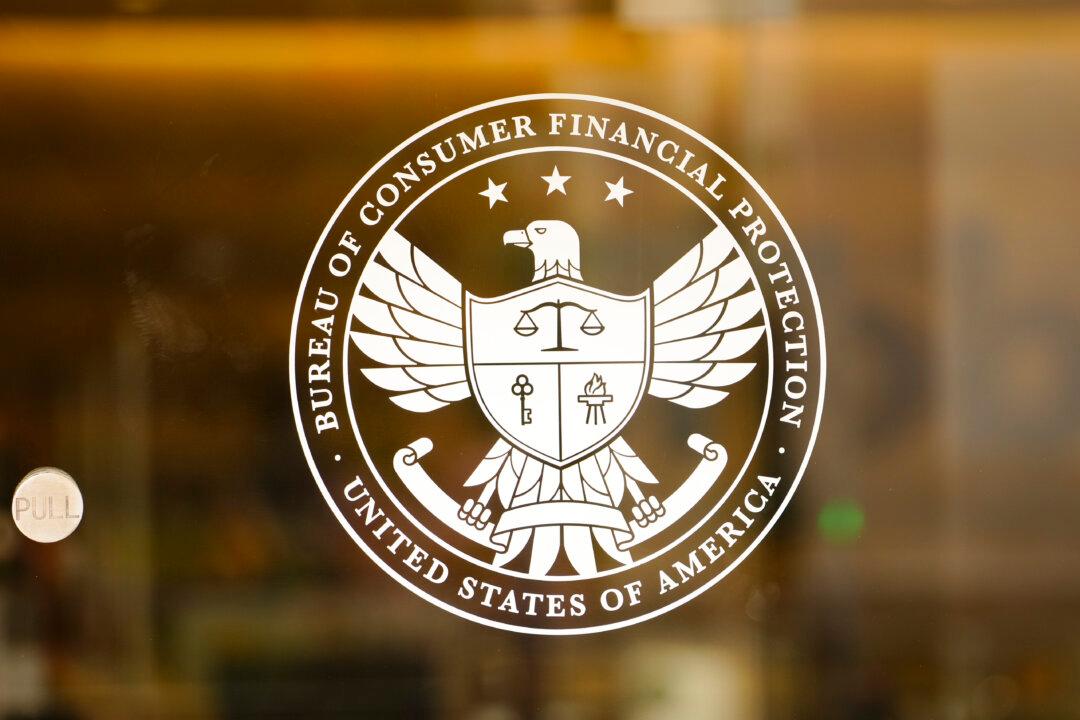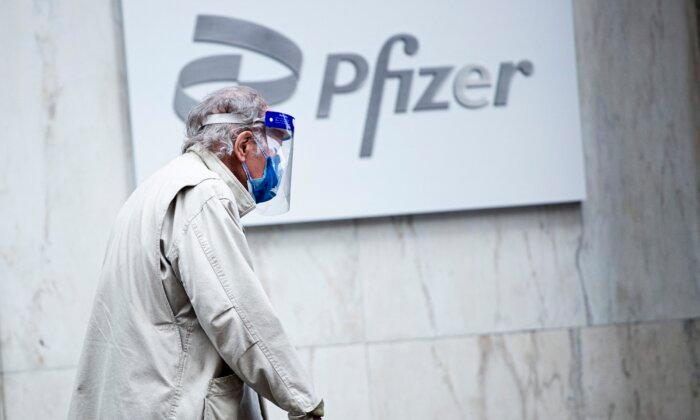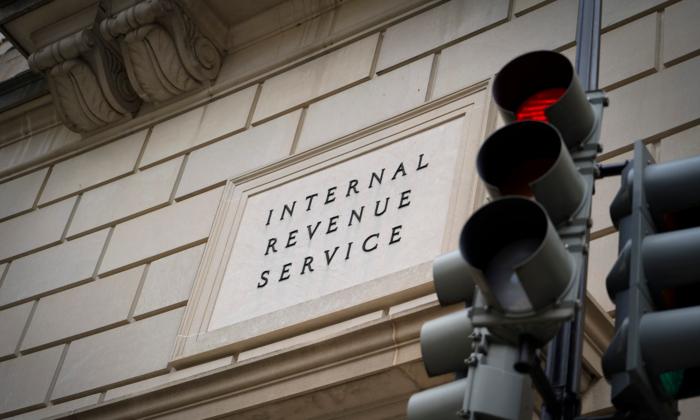Big banks such as PNC Bank and JPMorgan Chase have filed to close several branch offices in multiple states amid a troubling pattern of rising branch shutdowns in recent years.
Between Nov. 12 and 18, several banks filed to close branch locations, with PNC Bank with the most filings, according to data from the U.S. Office of the Comptroller of the Currency. Pittsburgh-based PNC Bank filed for 19 branch closures—five in Pennsylvania, four in Illinois, three in Texas, two each in Alabama and New Jersey, and one each in Indiana, Ohio, and Florida.
JPMorgan Chase followed closely with 18 filings—three in Ohio, two each in Connecticut and South Carolina, and one each in 11 states, including New York, Illinois, Florida, and Massachusetts.
Citizens Bank came in third with eight branch closure filings—six in New York, and one each in Massachusetts and Delaware. Minneapolis-based U.S. Bank filed for seven closures—three in Tennessee and one each in Missouri, Wisconsin, Ohio, and Illinois.
Bank of America made five filings—two in New York and one each in Texas, Massachusetts, and California.
Citibank filed for two branch closures, and Sterling, Bremer, First National Bank of Hughes Springs, Windsor FS&LA, and Aroostook County FS&LA made one filing each.
Altogether, banks filed to shut down 64 branches.
According to data from S&P, there were 3,012 branch closures last year and 958 branch openings, leading to a net closure of 2,054 branches. This was the third consecutive year that net closings exceeded 2,000.
One major factor that led to a surge in branch closures is the rise of digital banking, a trend that accelerated during the pandemic when people were stuck at their homes.
A survey by the American Banking Association (ABA) conducted in September showed that 8 in 10 Americans used a mobile device to manage their bank accounts at least once in the previous month.
“Digital banking tools have made it more convenient and more secure than ever for consumers to manage their finances,” Brooke Ybarra, ABA’s senior vice president of innovation strategy, said, according to a Nov. 3 statement.
Cost Saving, Negative Effects
Going digital rather than expanding physical branch locations is also part of a cost-saving strategy for banking institutions. Opening a new site costs millions of dollars and several hundreds of thousands in annual recurring costs.Most of the operations done via a physical bank can now be done online. Digital transactions are cheaper than the costs incurred in transacting via bank tellers.
On the flip side, the shutdown of bank branches can negatively affect customers, especially in small towns. Due to such closures, many towns have become “bank deserts,” where the nearest bank is more than 10 miles away.
“When bank branches close, there are several adverse effects on the surrounding community. Small business lending and activity in the area declines. More people use alternative financial services that open them to unregulated and predatory financial practices. An important commercial tenant and employer are lost,” the National Community Reinvestment Coalition report said.
“While consumers have embraced mobile and internet banking to one degree or another, they clarify that branches matter to them as well, and without branches nearby, they are more likely to be un- or under-banked.”
PNC Bank Closure
PNC Bank registered the largest number of closure filings amid its heightened focus on cost-saving measures. During its second-quarter earnings call, CEO William S. Demchak said the bank is “going to have to take a hard look“ at where it can ”generate savings ... without cutting the potential for growth.”At the time, Chief Financial Officer Robert Q. Reilly revealed that the institution was boosting the target of an expense reduction program by $50 million to $450 million. For next year, PNC Bank is targeting $725 million in expense cuts.
- 202 N. Walnut St., Bath, Pennsylvania
- 301 W. Trenton Ave., Morrisville, Pennsylvania
- 14 N. Main St., Plains, Pennsylvania
- 1969 E. 3rd St., Williamsport, Pennsylvania
- 2 N. Mill St., New Castle, Pennsylvania
- 321 Bel Air Blvd., Mobile, Alabama
- 2811 Eastern Blvd., Montgomery, Alabama
- 5650 S. Brainard Avenue, Countryside, Illinois
- 2217 W. Market St., Bloomington, Illinois
- 1949 E. Sangamon Ave., Springfield, Illinois
- 505 West Liberty Street, Wauconda, Illinois
- 8733 U.S. Highway 31 South, Indianapolis, Indiana
- 528 Station Ave., Hadden Heights, New Jersey
- 410 Main St., Orange, New Jersey
- 115 E. Van Buren Ave., Harlingen, Texas
- 407 S. Commerce St., Harlingen, Texas
- 801 W. Kearney St., Mesquite, Texas
- 1040 Mt. Vernon Ave., Columbus, Ohio
- 1140 N. Main St., Gainesville, Florida
A spokesperson from the bank told the Philadelphia Business Journal that the 19 bank closures will take place on Feb. 16.
Last month, the bank reported a drop in third-quarter profits and declared cutting roughly 4 percent of its workforce. The layoffs, which began on Oct. 6, will be completed by the end of the fourth quarter. The job cuts are expected to bring down the bank’s yearly personnel expenses by roughly $325 million or 5 percent.
The bank also forecasts that its net interest income—the difference between the interest it receives on loans and the interest it pays on deposits—will shrink by 1 to 2 percent from current levels in quarter four. During the third quarter, net interest income had declined by 3 percent.
“They (PNC Bank) recognize that there is definitely a headwind to the growth and their net interest income, mainly due to the higher deposit rates and higher funding costs,” Timothy Coffey, an analyst at Janney Montgomery Scott, told Reuters.
“And so they’re trying to alleviate some of that headwind by doing what they can to cut their own non-interest expenses as a way to maintain their earnings.”
